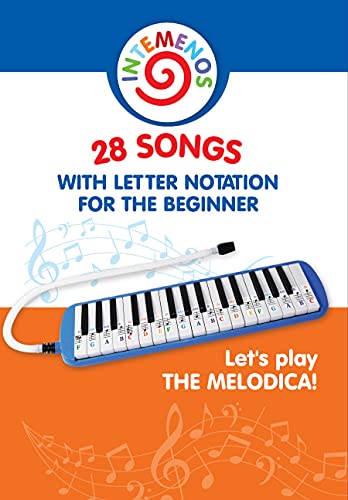The Classification of Chordophones in the Sachs-Hornbostel System

Chordophones are a class of musical instruments that produce sound through the vibration of strings. The strings may be made of various materials such as gut, metal, silk, or synthetic materials, and they may be plucked, bowed, or struck to produce sound.
Chordophones can be categorized into four sub-categories based on how they are played:
1. Plucked chordophones: These instruments produce sound when the strings are plucked or strummed, such as the guitar, harp, and lute.
2. Bowed chordophones: These instruments produce sound when the strings are bowed, such as the violin, viola, cello, and double bass.
3. Struck chordophones: These instruments produce sound when the strings are struck, such as the piano and harpsichord.
4. Hammered chordophones: These instruments produce sound when the strings are struck with hammers, such as the dulcimer and piano.
Chordophones can be found in many different cultures and musical traditions around the world. They can be played as solo instruments, as an accompaniment to singers or other musicians, or as part of an ensemble.
One of the defining features of chordophones is their versatility. Depending on the number of strings, the tuning, and the playing technique, they can produce a wide range of sounds that can be used in almost any genre of music. From the warm, mellow tones of a cello or viola to the bright, percussive sound of a banjo or mandolin, chordophones are capable of expressing a vast range of emotions and musical styles.
Chordophones can be further divided into several subcategories, based on their construction and playing technique. The most common types of chordophones include:
Lutes: These instruments have a long, fretted neck and a rounded body with a flat top. The strings are usually plucked with the fingers, and the sound is produced by the vibration of the strings as they resonate in the hollow body. Examples of lutes include the guitar, mandolin, and ukulele.
Harps: These instruments have a large, triangular frame with strings that are plucked with the fingers. Unlike lutes, harps have no neck, and the strings are attached directly to the soundboard. Harps come in a variety of sizes, from small lap harps to full-size concert harps.
Zithers: These instruments have a flat, horizontal soundboard with strings that are plucked or struck with a plectrum. Examples of zithers include the autoharp and the hammered dulcimer.
Bowed instruments: These instruments are played with a bow that is drawn across the strings to produce a sustained tone. Examples of bowed instruments include the violin, viola, cello, and double bass.
Keyboard
instruments: These instruments use a keyboard to manipulate hammers that strike the strings to produce sound. Examples of keyboard instruments include the piano, harpsichord, and clavichord.
Chordophones have a rich and varied history that spans many cultures and eras. From the ancient lyres of Mesopotamia and Greece to the modern-day electric guitar, chordophones have been an integral part of human expression and musical tradition for thousands of years. Whether you're a classical cellist, a folk guitarist, or a jazz bassist, chances are you've played a chordophone at some point in your musical journey.
Chordophones are a vibrant family of string instruments that have played an essential role in music-making throughout history. Their versatility, expressiveness, and adaptability make them a favorite among musicians of all genres and backgrounds, and their timeless appeal ensures that they will continue to be a beloved part of music for generations to come.

